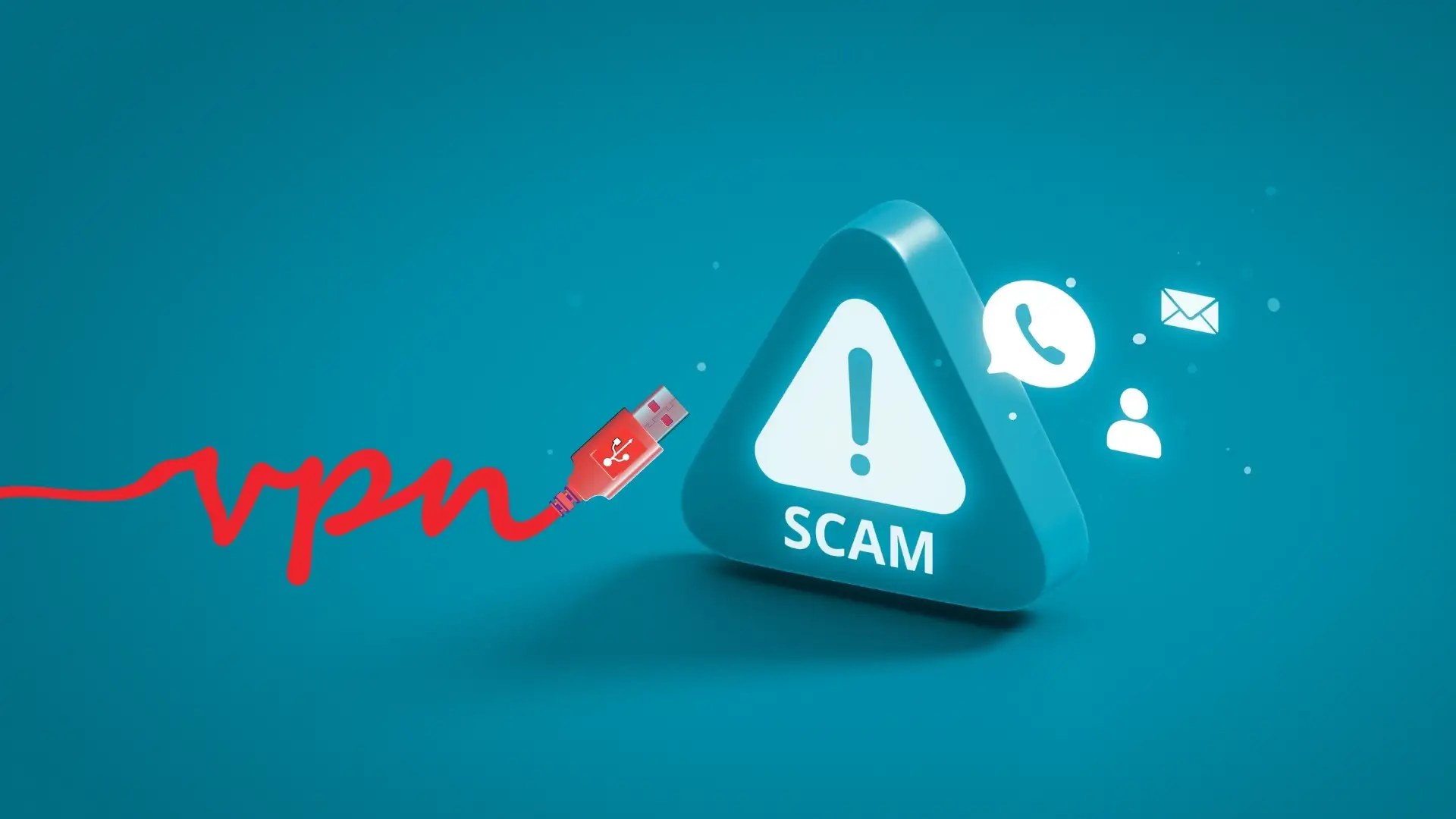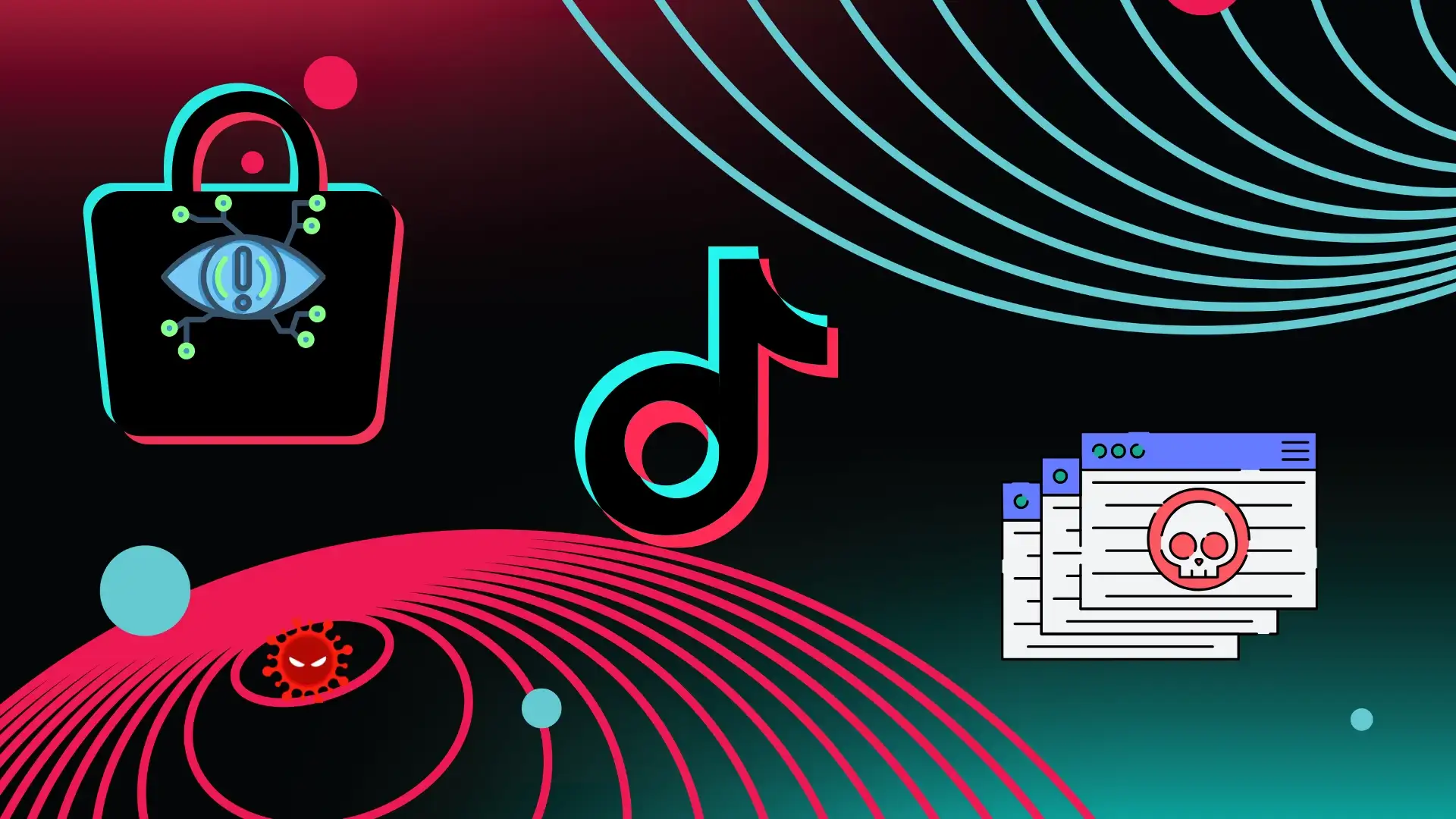Imagine a locked, high-security facility. Cameras watch every hallway. Guards monitor each entrance. Yet somehow, an intruder gets inside. There are no broken windows. The doors are not forced open. No alarms. Just silence. Now consider that building to be your network. The intruder is Mustang Panda malware, quietly slipping into critical systems and staying completely hidden.
The digital threat landscape has shifted dramatically, with cybercriminals becoming more strategic and silent. Among these emerging threats, Mustang Panda malware has surfaced as one of the most persistent and elusive actors. This malicious campaign does not announce itself with loud, destructive attacks. Instead, it operates with precision, deploying a suite of stealth tools to breach and monitor high-value networks quietly. ToneShell, one of its core components, exemplifies this silent approach, enabling attackers to maintain long-term access and extract sensitive data without being detected.
The Rise of Mustang Panda and Its Global Espionage Targets
Mustang Panda, often referred to as TA416 or RedDelta, is a China-linked threat actor with a strong reputation in cyber espionage. Their targets are not random. Instead, they focus on collecting intelligence from governments, military institutions, NGOs, and think tanks. Mustang Panda malware is typically deployed in campaigns aligned with political or military events, ensuring the stolen data holds strategic value.
Over the years, this group has expanded its reach across continents, focusing on Europe, Asia, and the Middle East. Its goal is rarely financial gain. Rather, it revolves around long-term surveillance, intelligence gathering, and influencing foreign policies. The highly adaptive nature of Mustang Panda malware makes it a serious concern for any organization involved in sensitive or classified operations.
ToneShell: The Stealthy Backdoor in Mustang Panda’s Arsenal
ToneShell has emerged as a standout tool in the Mustang Panda malware toolkit. Unlike traditional backdoors, ToneShell operates with extreme caution. It integrates into legitimate processes through DLL sideloading, ensuring it remains under the radar of traditional antivirus solutions.
Once deployed, ToneShell quietly establishes encrypted communication channels with its command server, facilitating data exfiltration, payload deployment, and command execution. Its ability to blend with legitimate traffic makes it exceptionally difficult to isolate and remove. ToneShell’s persistence and low footprint reflect the broader characteristics of Mustang Panda malware campaigns, which emphasize stealth and control over disruption.
Spear-Phishing with ToneShell: How Victims Are Lured
The primary infection vector for Mustang Panda malware is spear-phishing. Attackers conduct thorough research on their targets, crafting emails that appear authentic and relevant. These messages often impersonate high-level officials or trusted organizations and include seemingly legitimate attachments.
When a recipient opens the infected attachment, ToneShell is delivered through a sideloaded DLL. This process grants attackers immediate and stealthy access to the victim’s system. By tailoring the bait to the recipient, Mustang Panda increases the likelihood of success, reinforcing the effectiveness of its malware delivery chain.
TONEDROP and TONESHELL: A Dual Infection Chain Explained
Mustang Panda malware campaigns often employ a layered infection approach involving both TONEDROP and ToneShell. TONEDROP functions as the dropper, responsible for launching the initial infection. It conceals its payloads within seemingly benign documents or compressed files.
Once TONEDROP is executed, it installs ToneShell in critical areas of the system. This dual-stage mechanism ensures that if one component is removed or fails, the other can continue to function. The separation of duties between TONEDROP and ToneShell also makes analysis and detection more complex, increasing the survivability of Mustang Panda malware within compromised environments.
PAKLOG and CorKLOG: Keyloggers Built for Covert Data Theft
Mustang Panda malware does not stop at gaining access. It also includes keyloggers such as PAKLOG and CorKLOG designed to capture sensitive data over time. These tools silently record keyboard inputs, clipboard content, and, in some cases, screenshots and browser data.
PAKLOG focuses on capturing credentials and communication entries, storing them in encrypted formats for later exfiltration. CorKLOG expands on this by monitoring more user activities, offering a deeper view into victim behavior. Together, these keyloggers enhance the Mustang Panda malware framework, turning infected systems into valuable sources of intelligence.
SplatCloak: Evasion Driver Designed to Bypass EDR Systems
To stay undetected, Mustang Panda malware integrates an advanced evasion component called SplatCloak. This driver is engineered to disable or bypass endpoint detection and response systems at the kernel level. It interrupts logging functions and interferes with monitoring services, allowing other malware components like ToneShell to function freely.
By disabling security software temporarily or hiding system activities, SplatCloak increases the effectiveness of the overall attack. It highlights how Mustang Panda malware combines multiple tools to form a cohesive and resilient threat ecosystem. The use of custom drivers like SplatCloak marks a significant evolution in evasion strategies.
Mustang Panda’s New Malware Variants: PUBLOAD and PubShell
Further research into recent campaigns uncovered two new tools: PUBLOAD and PubShell. These malware variants were developed to extend the functionality of existing Mustang Panda malware components. PUBLOAD acts as a downloader, fetching second-stage payloads from the attackers’ infrastructure.
PubShell, on the other hand, allows interactive command execution on compromised systems. It acts like a built-in remote shell, giving attackers full control. These newer variants show strong coding similarities with ToneShell and share the same obfuscation strategies. The continual development of Mustang Panda malware reflects its adaptability and long-term threat potential.
Stately Taurus and Bookworm: Code Overlaps with ToneShell
Code analysis has shown overlap between Mustang Panda malware and other threat campaigns, such as those conducted by Stately Taurus and Bookworm. These overlaps include encryption schemes, obfuscation patterns, and modular architectures. This suggests that Mustang Panda might be part of a larger collaborative threat network or that different groups are using shared tools.
The similarities between ToneShell and components used in other attacks raise concerns about code reuse across espionage operations. Understanding these overlaps can help researchers trace attack origins and develop more effective countermeasures. It also underlines the complexity of the Mustang Panda malware family, which continues to evolve with borrowed and original code alike.

Targeting the IISS Defence Summit: A Case of Precision Hacking
One high-profile example of Mustang Panda malware in action was the attack on the International Institute for Strategic Studies (IISS) Defence Summit. This event attracted global attention and involved various defense agencies, making it a prime target for cyber espionage.
Mustang Panda launched a campaign targeting organizers and participants using phishing emails that appeared legitimate. Once the attachments were opened, ToneShell and other components were installed. The attackers then moved through the network undetected, collecting intelligence in real time. This incident showcased the precision, patience, and impact potential of Mustang Panda malware in strategic geopolitical contexts.
Detecting and Preventing ToneShell Malware Infections
Because of its stealthy nature, detecting ToneShell and related malware requires advanced monitoring techniques. Organizations should deploy behavioral analytics tools that look for suspicious patterns rather than relying solely on signature-based detection. Logging anomalies, unexpected file behavior, and encrypted outbound traffic are some key indicators.
System administrators should enforce strict controls over software installations and monitor for any unusual DLL loading activities. Regular internal audits, combined with threat hunting exercises, can help uncover dormant infections. Mustang Panda malware may be hard to detect, but with the right tools and training, early identification is possible.
How Hoplon Infosec Helps Organizations Detect and Defend Against ToneShell and Mustang Panda Attacks
Hoplon Infosec delivers powerful solutions for identifying and responding to advanced threats like Mustang Panda malware. Our platforms utilize machine learning, behavioral analytics, and sandboxing technologies to detect even the most concealed malware.
We help organizations build robust incident response strategies, secure their endpoints, and analyze threat patterns in real time. Hoplon Infosec’s continuous threat intelligence updates ensure clients are protected from evolving attack vectors. Whether it’s early detection or post-breach analysis, we provide tailored solutions to mitigate the risks associated with Mustang Panda malware.
Action Table: Key Steps for Protecting Against Mustang Panda Malware
| Action Item | Description |
| Update Security Tools | Ensure antivirus and EDR systems are current with latest threat signatures |
| Conduct Phishing Simulation | Educate staff to identify and report spear-phishing attempts |
| Implement Behavioral Analytics | Use AI-based detection to flag suspicious activities |
| Restrict DLL Sideloading | Limit which applications can load DLL files |
| Partner with Hoplon Infosec | Gain expert support in threat detection and response |
| Monitor C2 Communications | Analyze and block abnormal encrypted network traffic |
| Audit User Activity Logs | Review logs for signs of credential misuse or lateral movement |
Final Thoughts
Mustang Panda malware is not just another threat on the horizon. It represents a calculated, long-term espionage effort with tools designed to hide, persist, and extract information over time. From the deployment of ToneShell and keyloggers like CorKLOG to the evasion driver SplatCloak, every component serves a purpose in ensuring mission success.
Organizations must treat this threat with the seriousness it demands. By investing in proactive defense measures, continuous monitoring, and expert partnerships such as those offered by Hoplon Infosec, they can fortify themselves against future intrusions. The silent nature of Mustang Panda malware may make it harder to detect, but with the right strategy, it can be stopped before causing damage.
Explore our main services
- Mobile Security
- Endpoint Security
- Deep and Dark Web Monitoring
- ISO Certification and AI Management System
- Web Application Security Testing
- Penetration Testing
For more services, go to our homepage.
Follow us on X (Twitter) and LinkedIn for more cybersecurity news and updates. Stay connected on YouTube, Facebook, and Instagram as well. At Hoplon Infosec, we’re committed to securing your digital world.






